Hussein Aly
A Blackbox Model Is All You Need to Breach Privacy: Smart Grid Forecasting Models as a Use Case
Sep 04, 2023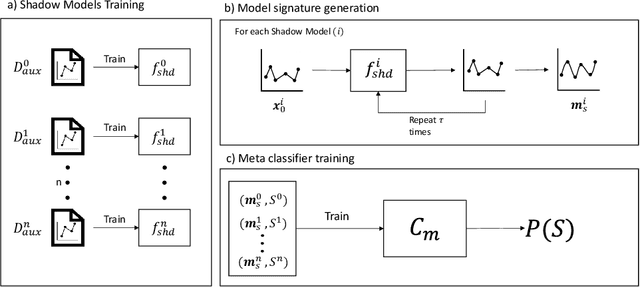
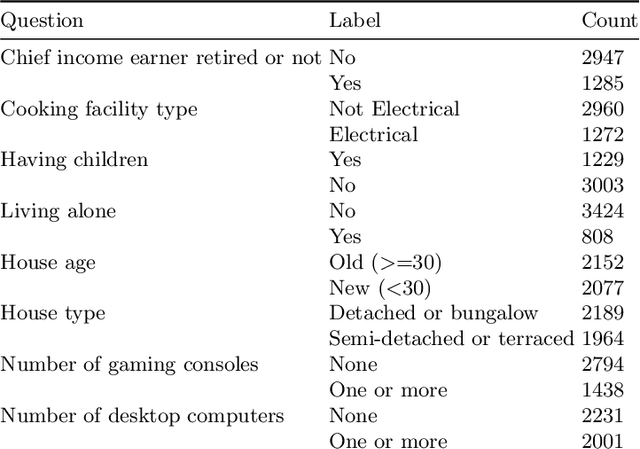
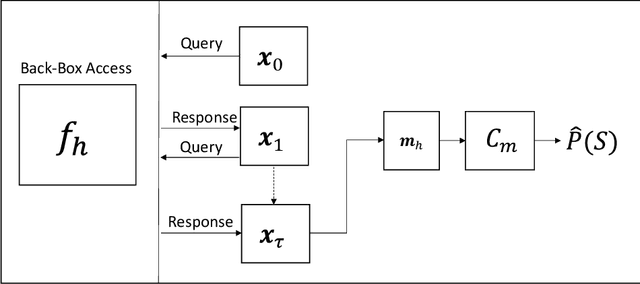
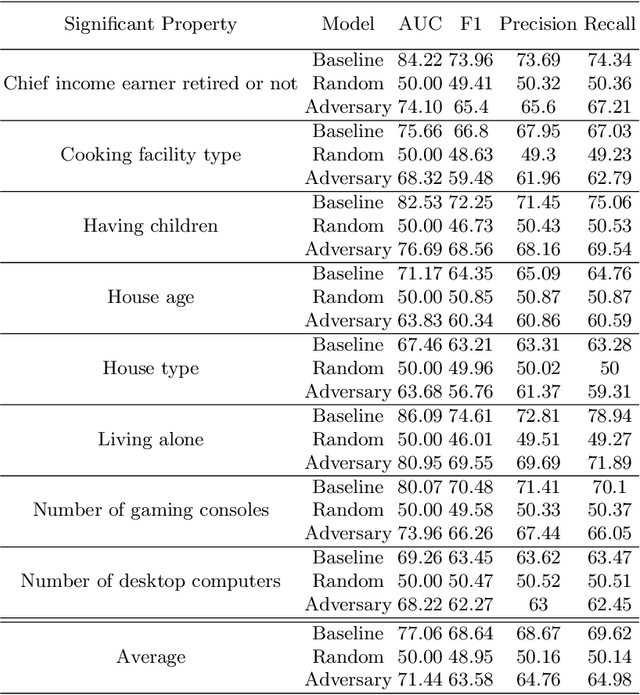
Abstract:This paper investigates the potential privacy risks associated with forecasting models, with specific emphasis on their application in the context of smart grids. While machine learning and deep learning algorithms offer valuable utility, concerns arise regarding their exposure of sensitive information. Previous studies have focused on classification models, overlooking risks associated with forecasting models. Deep learning based forecasting models, such as Long Short Term Memory (LSTM), play a crucial role in several applications including optimizing smart grid systems but also introduce privacy risks. Our study analyzes the ability of forecasting models to leak global properties and privacy threats in smart grid systems. We demonstrate that a black box access to an LSTM model can reveal a significant amount of information equivalent to having access to the data itself (with the difference being as low as 1% in Area Under the ROC Curve). This highlights the importance of protecting forecasting models at the same level as the data.
Predicting COVID-19 cases using Bidirectional LSTM on multivariate time series
Sep 10, 2020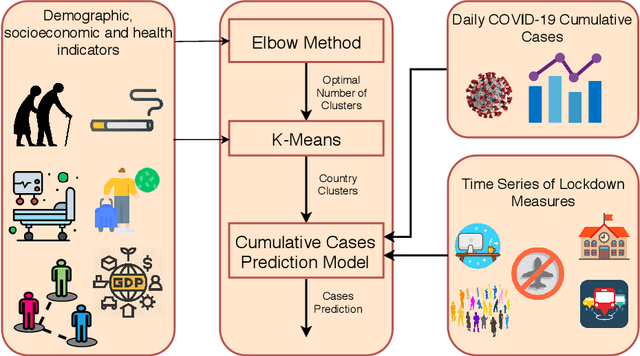

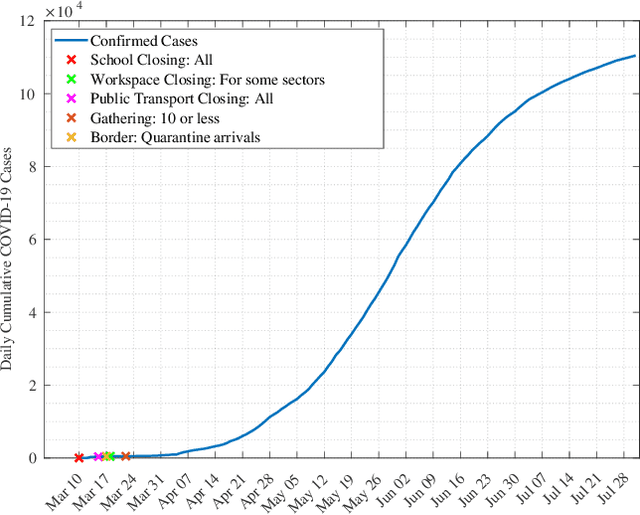
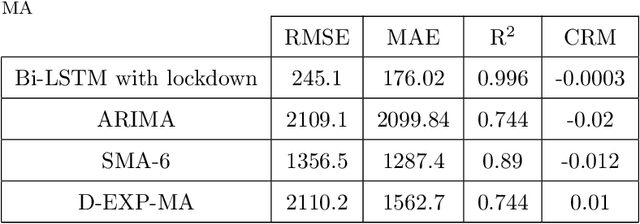
Abstract:Background: To assist policy makers in taking adequate decisions to stop the spread of COVID-19 pandemic, accurate forecasting of the disease propagation is of paramount importance. Materials and Methods: This paper presents a deep learning approach to forecast the cumulative number of COVID-19 cases using Bidirectional Long Short-Term Memory (Bi-LSTM) network applied to multivariate time series. Unlike other forecasting techniques, our proposed approach first groups the countries having similar demographic and socioeconomic aspects and health sector indicators using K-Means clustering algorithm. The cumulative cases data for each clustered countries enriched with data related to the lockdown measures are fed to the Bidirectional LSTM to train the forecasting model. Results: We validate the effectiveness of the proposed approach by studying the disease outbreak in Qatar. Quantitative evaluation, using multiple evaluation metrics, shows that the proposed technique outperforms state-of-art forecasting approaches. Conclusion: Using data of multiple countries in addition to lockdown measures improve accuracy of the forecast of daily cumulative COVID-19 cases.
 Add to Chrome
Add to Chrome Add to Firefox
Add to Firefox Add to Edge
Add to Edge